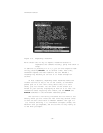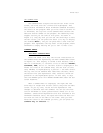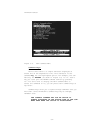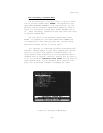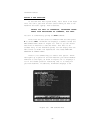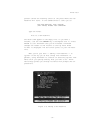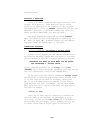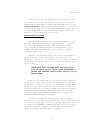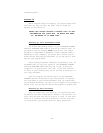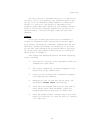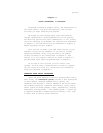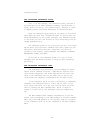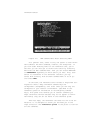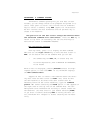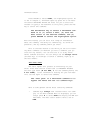
ThinkTank Manual
BACKING UP
Since computer disks are fragile, you should always have
more than one copy of them. The basic rule of thumb for
backing up your disks is:
NEVER GET CAUGHT WITHOUT A BACKUP COPY OF ANY
INFORMATION YOU COULD NOT, OR WOULD NOT WANT
TO, RE—ENTER IF IT WERE LOST.
Backing Up Your ThinkTank Disks
You should make backup copies of your THINKTANK PROGRAM
DISK and THINKTANK DATA DISK as soon as you receive them. If
you haven’t done so already, back them up now. The simple
procedure is described in Appendix C under “Copying Disks.”
Depending on your computer, you may be able to back up your
disks without exiting from ThinkTank; or you may have to exit
and use your system disks.
Since backup procedures themselves occasionally fail, we
recommend that you use your copies of the THINKTANK PROGRAM
DISK and THINKTANK DATA DISK from day to day, storing the
originals in a secure place. That way, if you ever discover
an error in your working disk, you’ll be sure of having an in-
tact copy available.
Both the original and backup copies of the THINKTANK
PROGRAM DISK are restricted to your own personal or business
use. According to the license agreement that you signed when
you purchased ThinkTank, you may not give copies of the program to
anyone else, and you may not resell the program to anyone else.
Backing Up Your Outlines
Once you create your own outlines, you should back them
up whenever you make a substantial change to the material on a
disk. This may mean each day an outline is used, or even more
often if it contains critical information. You may also want
to write—protect your backup disks for extra protection.
—40—



